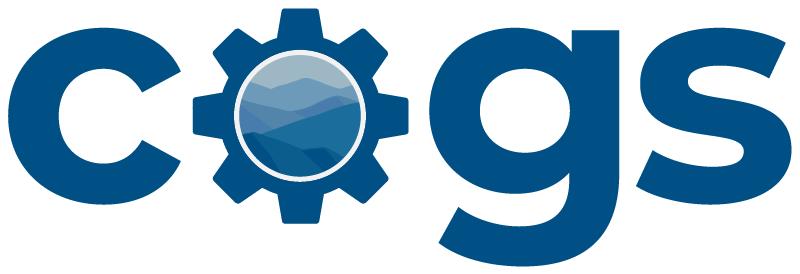How to Set Up Automated Welcome Email Campaigns to New Customers
Why Automating Email Campaigns to New Customers is Important
A small business can greatly benefit from automating email campaigns to new customers. By automating the process, businesses can save time and effort while ensuring consistent and personalized communication. It allows them to welcome new customers, provide relevant information about their products or services, and nurture the relationship over time. Automating email campaigns also helps in delivering targeted messages based on customer behavior and preferences, increasing engagement and ultimately driving more conversions.
Bottlenecks You Can Avoid with Automated Welcome Emails
1. Manual Onboarding: Without automation, businesses need to manually onboard each new customer, resulting in a time-consuming process and potential delays. Automating email campaigns allows for instant welcome messages and onboarding sequences, ensuring a seamless experience for new customers.
2. Inconsistent Communication: When communication with new customers is not automated, there is a higher chance of inconsistent messaging and missed opportunities. Automating email campaigns ensures that every new customer receives the same series of relevant emails in a timely manner, reducing the risk of communication gaps.
3. Lack of Personalization: Without automation, businesses may struggle to personalize their email communication at scale. By leveraging automation tools, small businesses can segment their customer base and deliver personalized content based on customer behavior, preferences, and stage in the customer journey.
Software tools for Automating Email Campaigns to New Customers:
1. Mailchimp - A widely-used email marketing platform that offers automation features for new customer campaigns. With pre-designed templates and user-friendly automation workflows, Mailchimp helps businesses streamline their email communication.
2. ActiveCampaign - Known for its robust marketing automation capabilities, ActiveCampaign enables businesses to create sophisticated customer journeys and automate email campaigns. It offers advanced segmentation, personalization, and lead scoring features.
3. ConvertKit - Designed specifically for creators and small businesses, ConvertKit offers automation features to engage new customers through personalized email sequences. It provides intuitive automation workflows and customizable email templates to design your email.
4. Drip - A powerful email marketing and automation tool, Drip caters to e-commerce businesses, helping them automate their new customer campaigns. It offers advanced customer segmentation, personalized product recommendations, and dynamic content features.
5. HubSpot - A comprehensive marketing automation platform, HubSpot allows businesses to automate email campaigns and track the entire customer journey. With robust social media and CRM integration, personalization features, and powerful analytics, HubSpot is suitable for businesses with more advanced automation needs.
COGS Template: Our Mailchimp Automated Welcome Emails COGS template revolutionizes how you connect with your new subscribers. By automating the welcome email sequence, this template ensures that every new subscriber receives a personalized, engaging welcome right from the start. This process not only saves you time but also significantly enhances the subscriber's first impression of your brand.
How to Create an Automated Welcome Email in Mailchimp:
Log in to Your Mailchimp Account
Go to the Mailchimp website and log in to your Mailchimp account using your username and password. Or create a new account.
Access the Audience Dashboard
Once logged in, you'll land on your Mailchimp dashboard. Click on the "Audience" tab at the top of the page.
Select Your Audience
From the Audience dashboard, click on the audience (the email list) you want to send welcome emails to. If you haven't created an audience yet, you can create one by clicking the "Create Audience" button.
Create a Signup Form
In your selected audience, navigate to the "Signup Forms" section. Here, you can design and customize your signup form. Make sure to include fields for collecting the necessary information from new subscribers that join your list, such as their name and email address.
Set Up a Welcome Email
After you've designed your signup form, it's time to set up your welcome email. Go to the "Automation" tab and click "Add Automation."
Choose "Email Marketing"
In the automation workflow options, select "Email Marketing" to create a single welcome email.
Configure Your Trigger
Choose the trigger that will initiate the welcome email series. Typically, this trigger is "Signup or Form Submission." Select the audience and form that you created in earlier steps.
Design Your Welcome Email
Mailchimp provides an easy-to-use email editor. Design your welcome email by adding an email subject line, preview text, writing your message, and customizing the email's appearance.
Add Follow-up Emails (Optional)
If you want to create an automated welcome series of emails, you can add follow-up emails in the automation workflow. This can be useful for introducing new subscribers to your brand over time.
Activate Your Automation
Once you're satisfied with your welcome email series, click save and activate the automation workflow. This will start sending welcome emails to new subscribers automatically.
Monitor Performance
Keep an eye on the performance of your welcome email automation in Mailchimp. You can track metrics like open rates, click-through rates, and conversion rates to assess its effectiveness.
That's it! You've successfully set up welcome emails in Mailchimp to engage with your new customers. Remember to regularly review and optimize your email automation to ensure it continues to deliver value to your subscribers. If you need help with more custom workflows or email customer journeys, we can build it.


